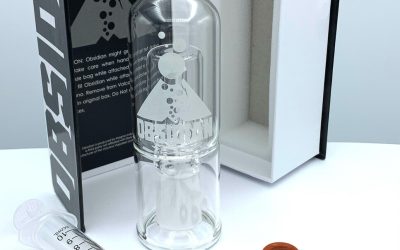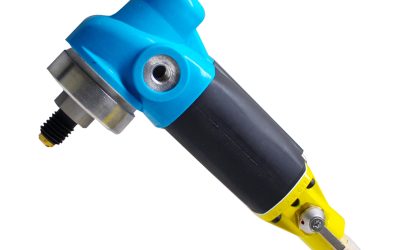When we think of metal, we usually think of shiny, gleaming material. It doesn’t start out that way, however, and an entire industry has grown around finishing and polishing these materials to look their best. Keep reading for more information on this process.
The Basics of Vibratory Finishing
During this process, specially shaped pellets made of different materials are placed in a vibratory tumbler along with the materials (typically called workpieces) that need to be finished. The tub of the container, as well as all of its components, are then vibrated. This vibration causes the pellets to rub repeatedly the pieces inside, which leads to the finished, shiny results. Depending on what finish is requested, the process can be done dry or wet.
Unlike tumbling, vibratory finishing can be used to finish internal parts. In general, it’s also a quicker and quieter process. Even more convenient, the entire process takes place in an open tub, which allows the operator to observe easily the finishing process and see when it has been obtained.
What are Burrs?
Getting rid of burrs is one of the main objectives of the vibratory finishing process, and the reason that it is often called vibratory deburring. A burr is simply a technical word for a small piece of material or a raised edge that remains attached to a workpiece after any modification process has taken place. Burrs are typically created by machining operations like drilling, milling, grinding, turning, and engraving.
There are three main types of burrs: poison, rollover, and breakout burrs. When burrs remain in drilled holes, they can cause fastener and material problems. They can interfere with the seating of fasteners leading to stress and strain that can result in material failure.
How Does Vibratory Deburring Work?
Deburring accounts for a significant portion of manufacturing costs. With vibratory deburring, the vibrations are used to “roll” off the edges of the burrs. The two surfaces within the tumbler are “lapped,” rubbing together with an abrasive between them, and shaving off the burrs.
Other Processes
There are many other deburring processes, including mass-finishing, media blasting, grinding, wire brushing, spindle finishing, electropolishing, manual deburring and more.









